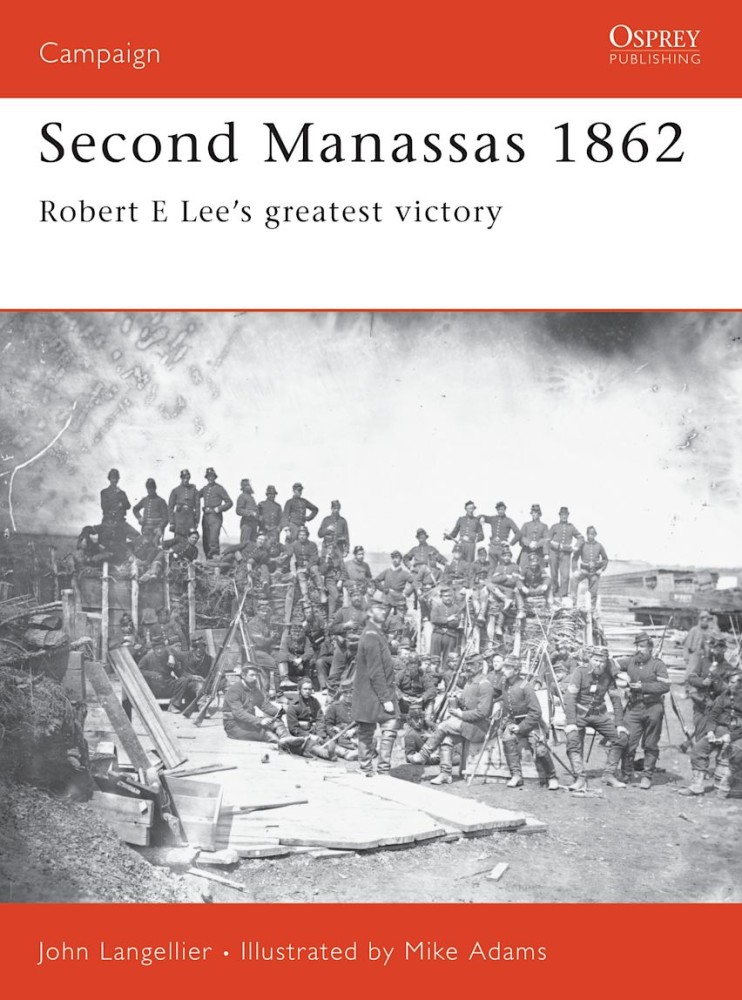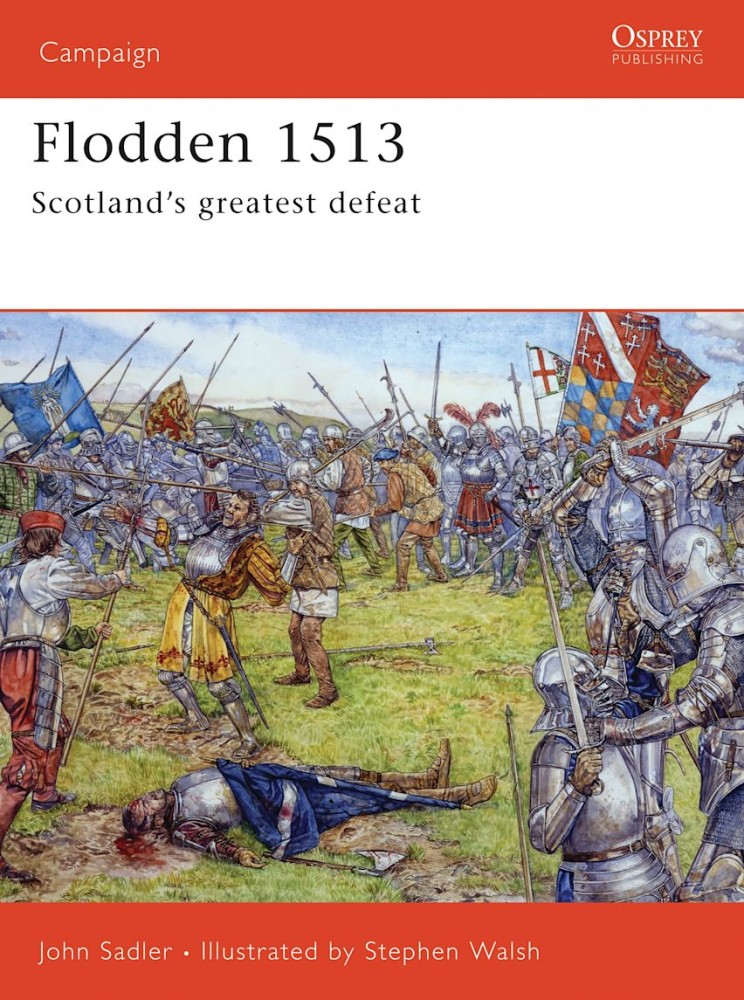A highly illustrated, compact volume on a significant win for the Confederacy.
A richly illustrated, slim volume on one of Scotland's most famous battles, often termed their "greatest defeat".
On Sunday 23 May 1706, near the village of Ramillies in modern Belgium, the Anglo-Dutch army commanded by John Churchill, 1st Duke of Marlborough, inflicted a devastating defeat on the French army of the Duke de Villeroi. Marlborough's triumph on that day ranks alongside Blenheim as one of the great feats of his extraordinary military career. The French army was shattered physically and morally and, as a result, Marlborough's army overran almost all of the Spanish Netherlands in the next six weeks, and gained an unshakeable advantage over the armed might of Louis XIV's France during the long War of the Spanish Succession.
In this expert guide to the battle and the battlefield, James Falkner offers a gripping and authoritative account of the campaign and the action, and he takes the reader across the battleground itself, relating the course of the fighting to the terrain as it can be viewed today.



